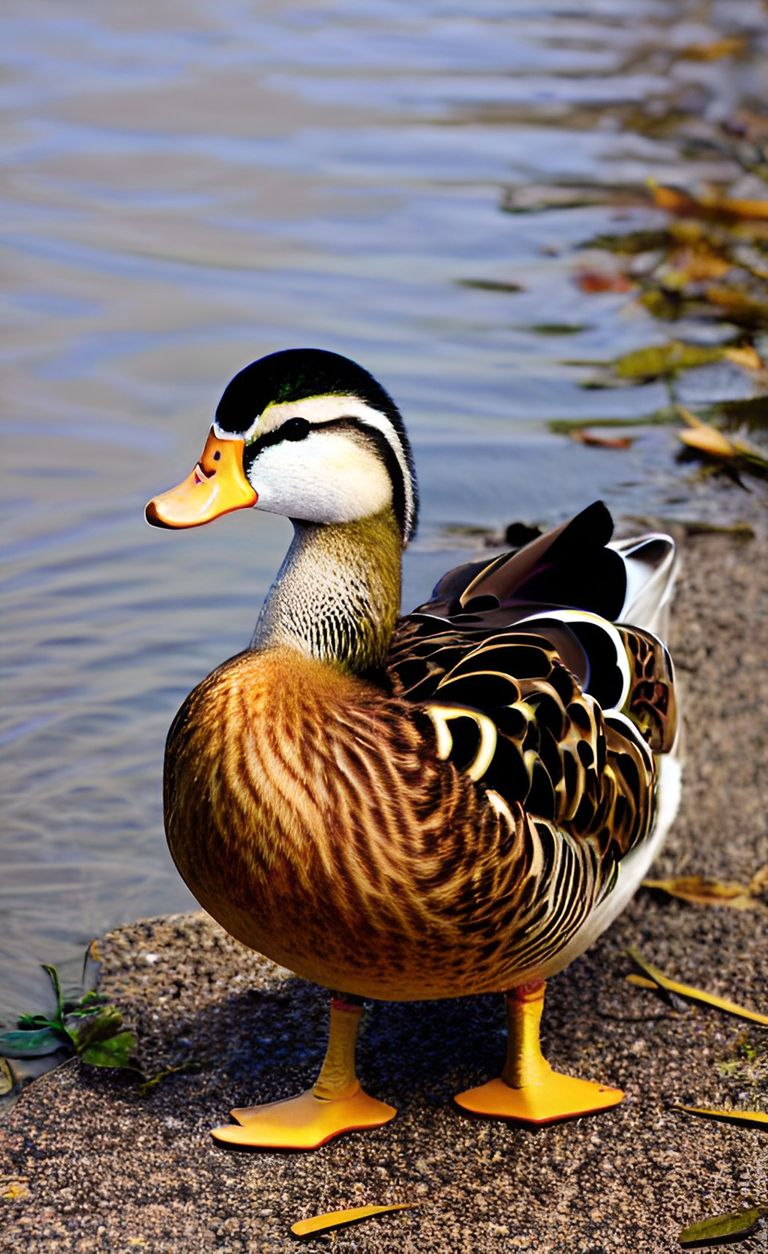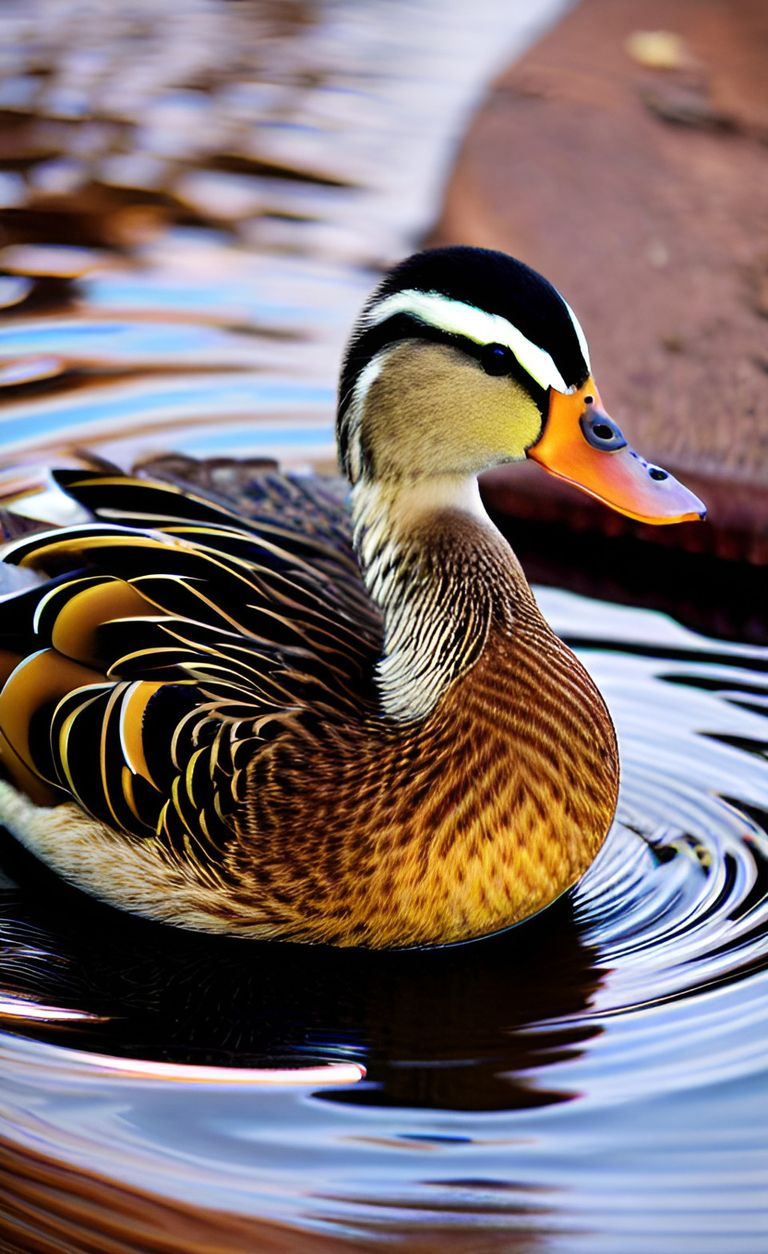
Let's talk about ducks. These birds are much more interesting than you might think. Here are a few interesting facts.
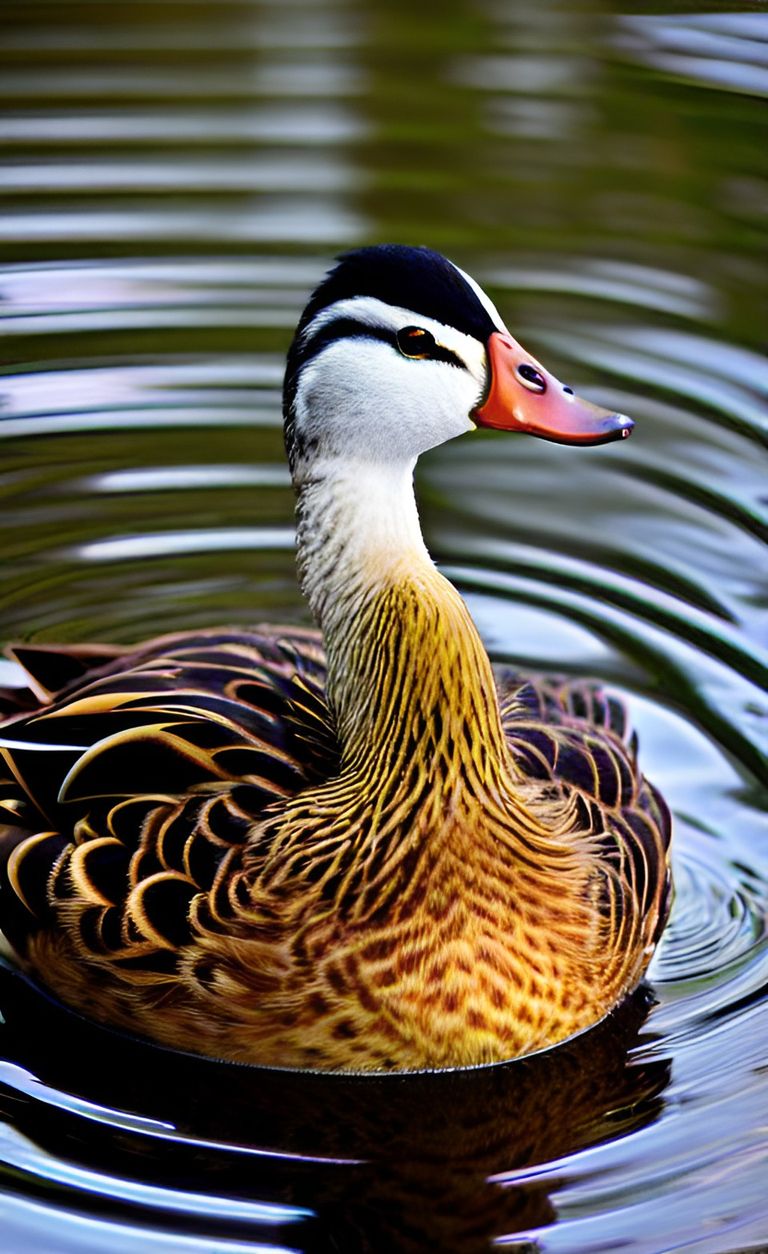
More domestic duck flocks are found in China. According to statistics, China has 2 million young ducks born each year. The Chinese enjoy duck meat and frequently consume it in various dishes.
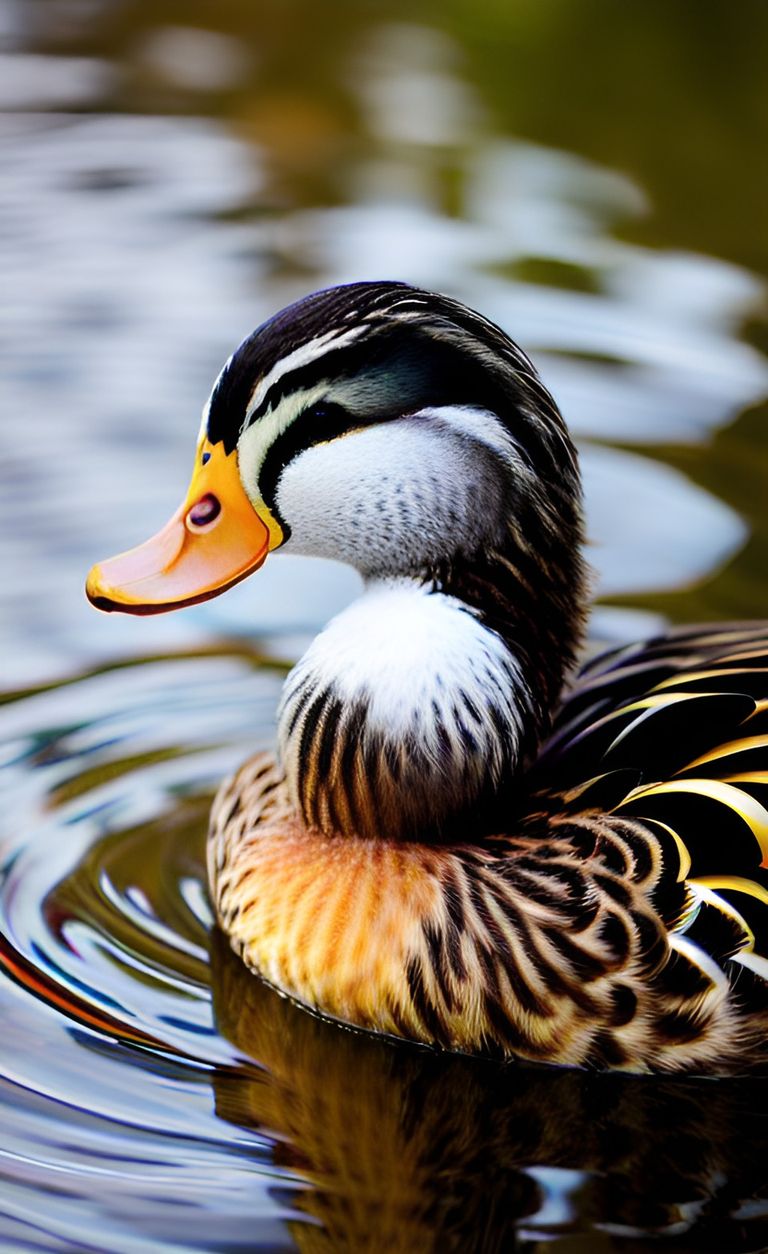
Currently, scientists have identified over 100 species of ducks, including domestic and wild birds.
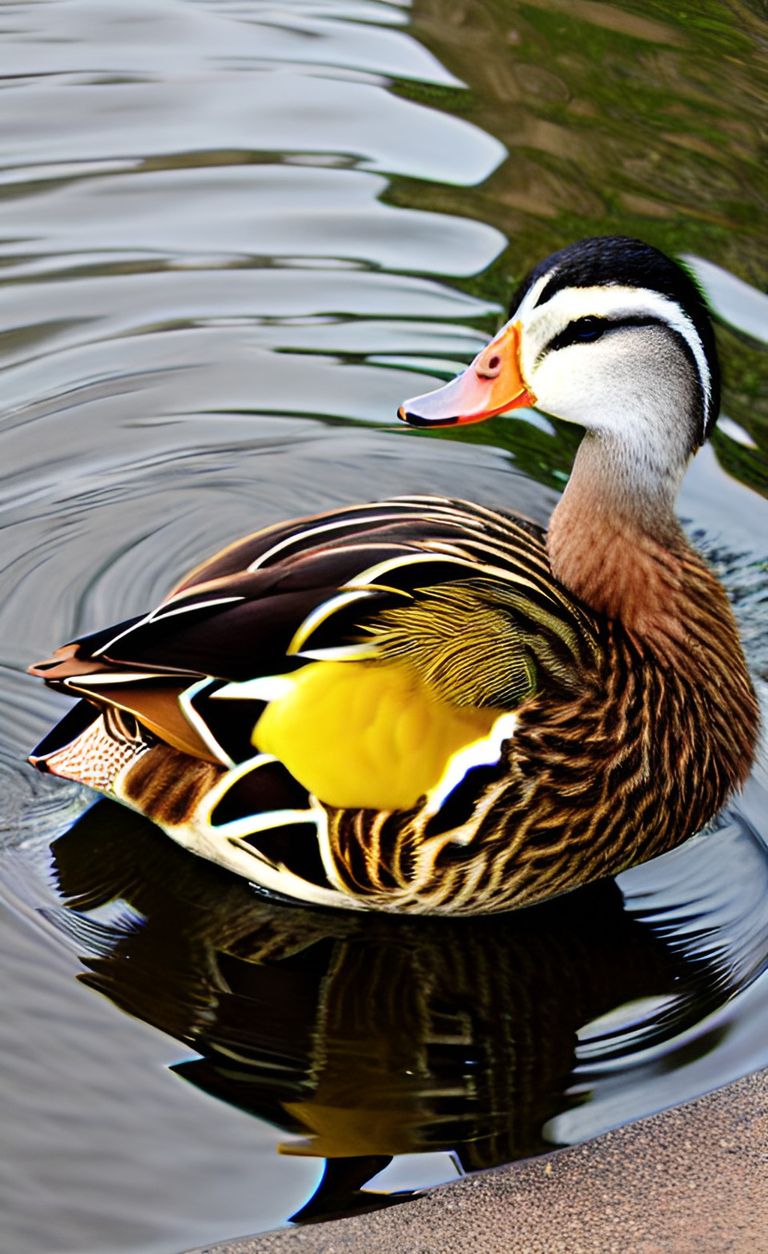
A male duck is called a drake.
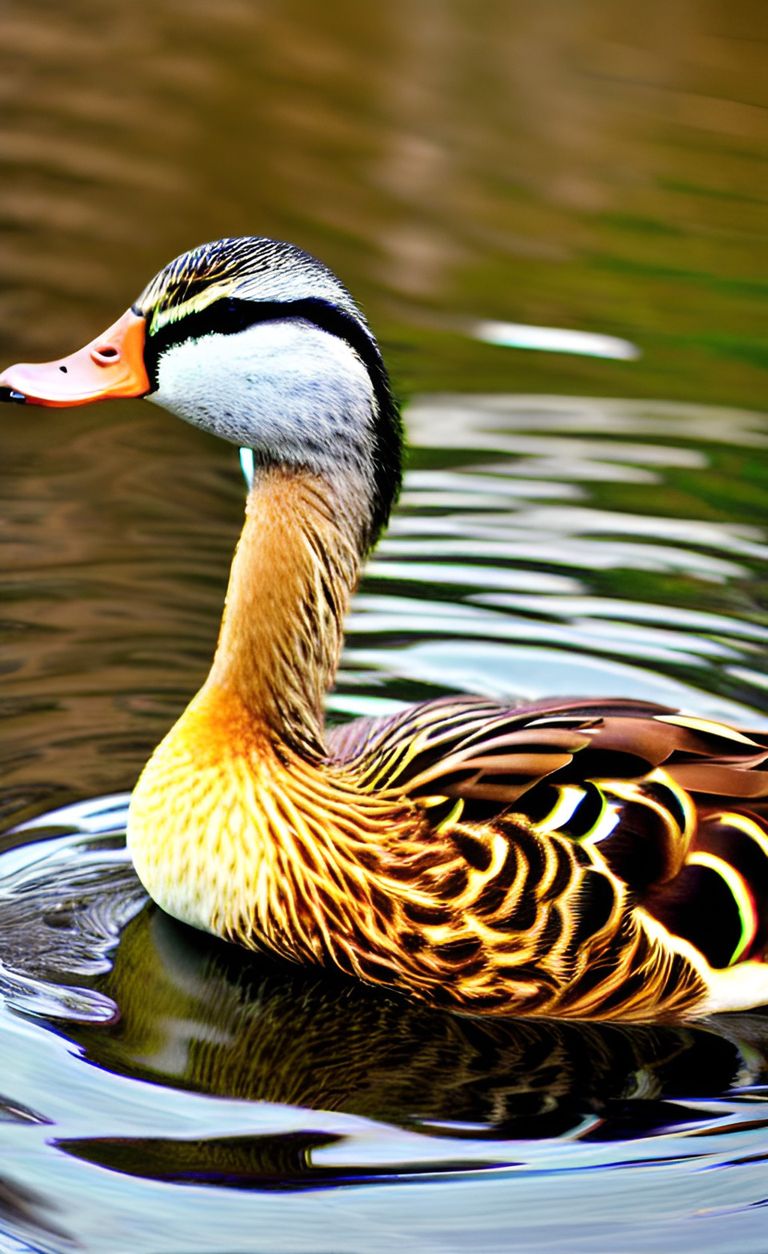
Only female ducks quack. Drakes make a hissing sound, which warns rivals of the male's presence. The females attract potential mates with their quacking.

Ducks have more vertebrae in their short necks than giraffes. The surprising fact is that the vertebrae in ducks are very tiny.
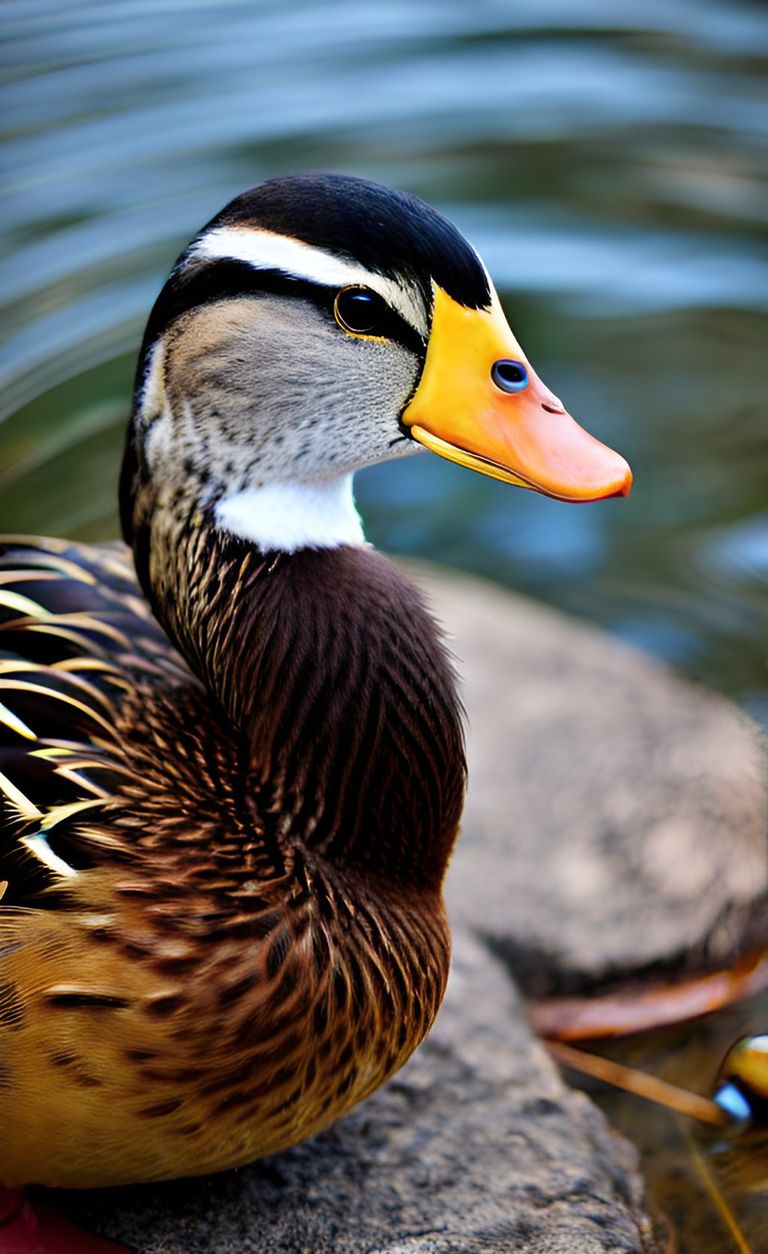
The main bones in a duck's skeleton are hollow, reducing the bird's weight and making it easier to fly.

Ducks can dive more than 6 meters deep to find food.
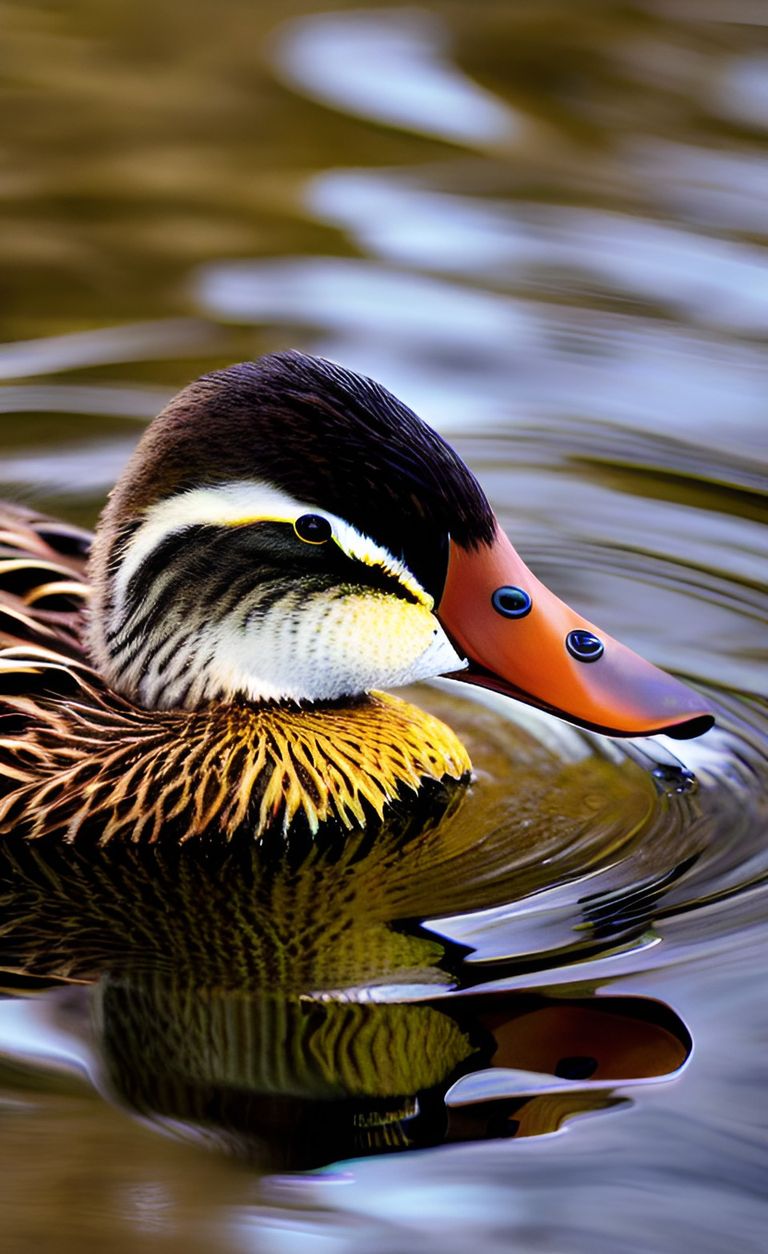
Ducks, especially young ones, have underdeveloped parental instincts. It is easy to introduce ducklings to a hen, and they will perceive her as their mother. The ducklings consider the first female they see as their own mother.

The feathers of ducks never become wet. Ducks have a special oil distributed on their feathers, produced by glands beneath the skin. This oil protects their plumage and repels excess moisture.
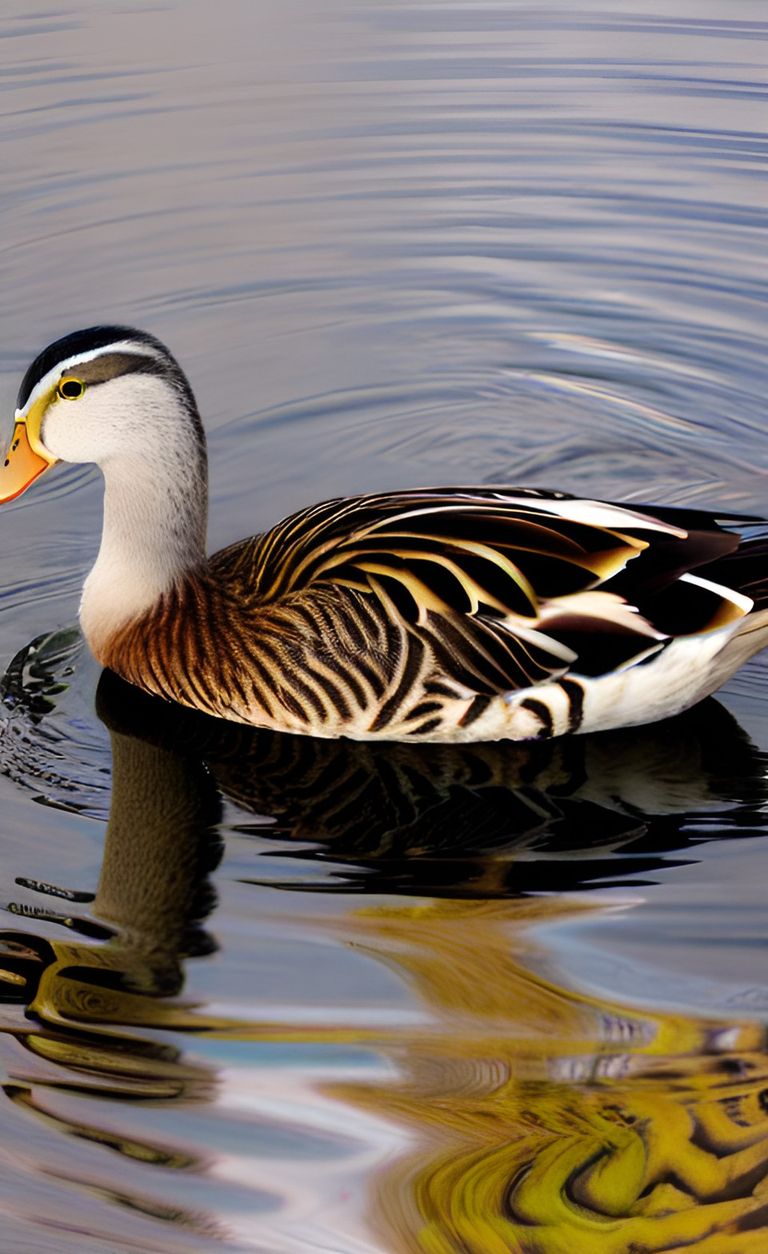
Ducks walk by waddling due to their short, widely-spaced legs. In order to take a step, they have to tilt their bodies.
